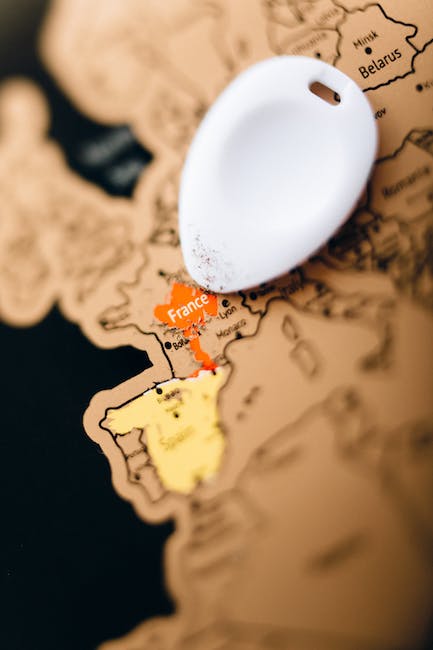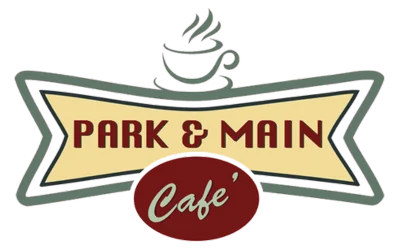
Understanding “What is Continental Breakfast?”
Perhaps you’ve pondered, what is a continental breakfast? The continental breakfast is a light morning meal, typically consisting of various food items that are often included in a continental breakfast at hotels. These breakfast options can range from sweet pastries and fresh fruits to a variety of hot beverages. Not as filling or hearty as the American breakfast or the full English breakfast, the continental’s focus is on providing a cost-effective start to the day.
The term “continental breakfast” originated among European travelers staying in hotels who wanted a quick, light morning meal before their daily explorations. Over time, this type of breakfast gained worldwide popularity and is arguably the most commonly offered breakfast at hotels today. Many hotels offer a continental breakfast as part of their service.
What Breakfast Options are Included in a Continental Breakfast?
The specifics of what’s included in a continental breakfast can vary from one establishment to another. However, as a rule, this type of breakfast includes items that don’t involve much preparation time. A simple spread of baked goods jam, fresh fruits, coffee, and shelf stable items such as cereals and yogurt are common. Some variations may also include eggs bacon or sausage.
While these items are fairly standard, different regions may have their variations that could include a wider range of choices. For example, in some cases, this buffet style breakfast may also offer dishes that are local favorites.

The Appeal of the Buffet Style
One of the main attractions of the continental breakfast is that it often comes in a buffet style, providing a wide array of options. From hot beverages, fresh fruits, and baked goods jam to shelf stable items like cereals, this type of breakfast is designed to cater to different tastes and diets.
The buffet style is also a cost-effective offering for accommodation providers. It caters to a large number of guests with varying preferences at a relatively lower cost, since it doesn’t require extensive cooking resources or manpower unlike an American breakfast or a full English breakfast, which includes eggs bacon sausage toast beans and roasted mushrooms and tomatoes.

The Difference with the American Breakfast and Full English Breakfast
An American breakfast tends to be a heavier meal, typically consisting of items such as pancakes, eggs bacon or sausage, and often hash browns or fries. It’s designed to provide a hearty start to the day.
In contrast, a full English breakfast is even heavier than the American breakfast. It’s a full meal that includes eggs, bacon, sausage, toast, beans, and roasted mushrooms and tomatoes. This is a complete meal designed to fill you up right early in the morning.

Why Do Hotels Offer Continental Breakfast?
Many hotels offer a continental breakfast due to its various benefits. For guests, it’s a light morning meal that provides a sufficient amount of energy to start their day. It’s also quick and convenient, suiting travelers who have a busy day ahead. For the hotels, it’s a cost-effective breakfast option. It not only saves on kitchen resources, but also satisfies the diverse taste preferences of their guests.

Importance of Fresh Fruits in Continental Breakfast
Fresh fruits are a key component of the continental breakfast. They provide essential nutrients and contribute to a balanced diet. Eating fruits in the morning can replenish the sugar levels in your body, providing natural energy to start the day.
Additionally, fruits are an adaptable and versatile offering. They can be served whole, sliced, in a salad, or even in a smoothie. This makes them an attractive component for the continental breakfast.

Shelf Stable Items for Convenience
Shelf stable items, including cereals, pre-packaged pastries, and yogurt, play a significant role in the continental breakfast set up. Their long-lasting nature allows hotels to store them without the need for refrigeration, contributing to the cost-effective nature of this type of breakfast.
These items cater to guests who prefer quick and easy-to-eat meals. They offer enough variety to cater to different dietary restrictions and preferences.

Continental Breakfast: A Cost Effective Option
Offering a continental breakfast is undeniably a cost-effective option for hotels. They are much less labor-intensive than heavier breakfasts like the American or full English breakfast. The continental breakfast usually consists of items that are relatively easy and quick to prepare, like baked goods, cereals, and fresh fruits.
Moreover, many ingredients used in a continental breakfast, like jams, butter, cereals, and fruits, can be bought in bulk. Therefore, this brings down the cost substantially, giving hotels a much better control over their expenses.

What is Continental Breakfast Made for European Travelers
The term continental breakfast originated from Europe and was traditionally made for European travelers. The word “continental” refers to the continent of Europe. Essentially, this “continent-style” breakfast was created as a cost-effective, light morning meal option that includes a variety of foods.
European travelers, particularly in the business and city travel segments, often desired a simple and quick breakfast before heading out for the day. Thus, the continental breakfast was the perfect fit, offering just enough variety to start the day off on the right foot.
1. What is a continental breakfast and how did it get its name?
A continental breakfast is a light morning meal typically consisting of cold items like cereals, fresh fruits, and baked goods. The name “continental” originally referred to countries on the mainland of Europe, where this style of breakfast was popular among travelers.
2. What sorts of foods are typically included in a continental breakfast?
A continental breakfast typically includes a variety of baked goods, jams, fresh fruits, cereals, and hot beverages. Some hotels might also offer eggs, bacon or sausage.
3. How does a continental breakfast differ from an American or Full English breakfast?
An American breakfast usually includes heavier items like pancakes, eggs, bacon, and hash browns, while a Full English breakfast involves eggs, bacon, sausage, toast, beans, and roasted mushrooms and tomatoes. A continental breakfast, on the other hand, is lighter and typically consists of cold items.
4. In what ways is a continental breakfast cost-effective for hotels?
The foods in a continental breakfast are easy to prepare and many of them, like jams, fruits, and cereals, can be bought in bulk. This makes it an economical breakfast option for hotels.
5. Why are fresh fruits often included in a continental breakfast?
Fresh fruits provide essential nutrients and natural energy, making them a great part of a balanced breakfast. As they can be served in a variety of ways, they also add versatility to the breakfast spread.
6. Can a continental breakfast cater to various dietary restrictions?
Yes! The wide array of foods often included in a continental breakfast cater to various dietary needs. For example, fruits and cereals for those wanting a light meal, and eggs bacon or sausage for guests wanting protein.
7. What does “buffet style” mean in regard to a continental breakfast?
In a buffet style breakfast, guests are offered an array of food items from which they can serve themselves. It promotes a more relaxed setting where guests can pick and choose according to their preferences.
8. Why do hotels offer a continental breakfast?
It’s a quick and convenient option for guests starting their day, and is cost-effective for the hotel. Offering a continental breakfast is also a great way for hotels to cater to guests with varying preferences.
9. Are all continental breakfasts the same?
While there are typical items you will find in most continental breakfasts, the specific offerings can vary from one establishment to another depending on their location, clientele, and budget.
10. Is the continental breakfast popular only among European travelers?
While the term originated in Europe, the continental breakfast is now popular worldwide. It’s a common offering in many hotels, bed and breakfasts, and other lodging establishments around the globe.








